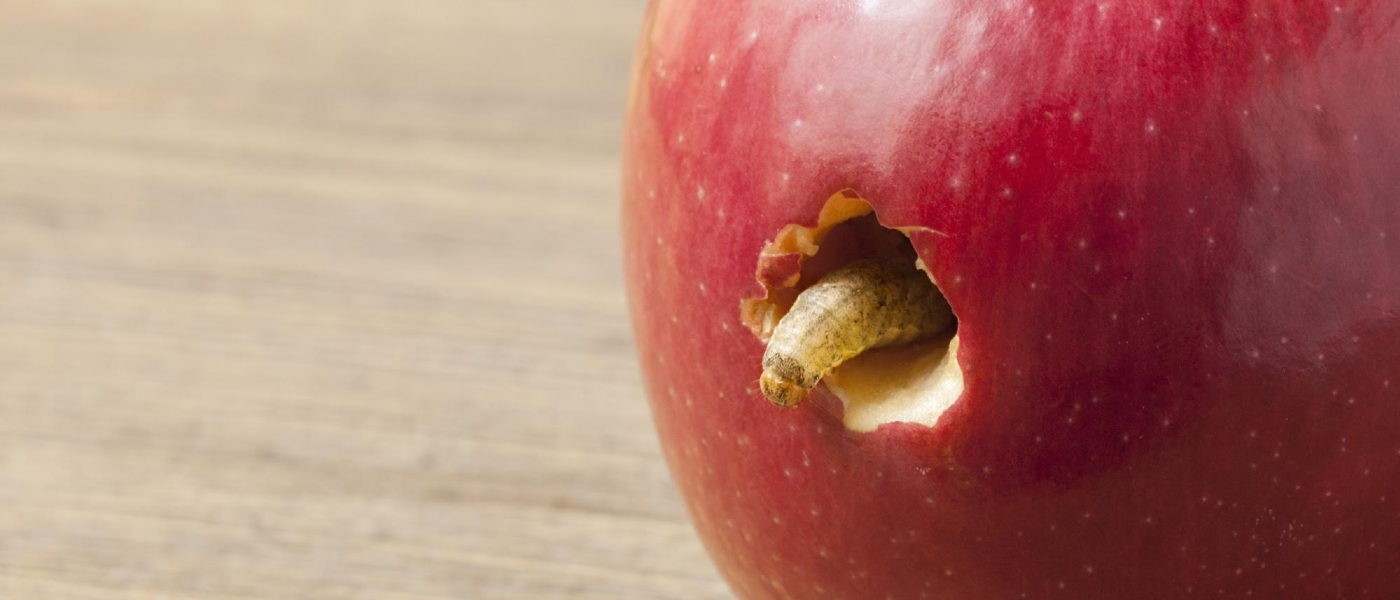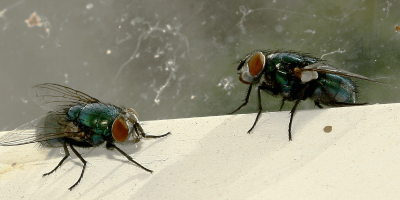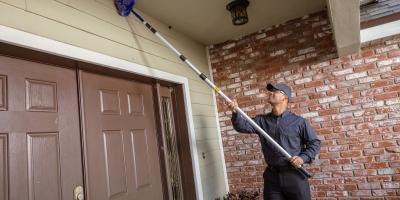Teachers’ Pest

Teachers know that life on the schoolyard can be tough when you’re a kid. Between dodging playground monitors, bullies and the occasional wayward kickball, the last thing your busy (or distracted) students need is another obstacle. As administration, faculty and staff, it’s your responsibility to guard these young learners against everyday hazards, including -- and maybe even especially -- pests.
Meeting this obligation requires that you have a solid Integrated Pest Management program, or IPM, in place, which involves knowing what to look for and how to prevent pests so that your students can count on you to protect them.
Which Pests and Where to Spot Them on the Playground?
Exterior spaces on your school’s campus could potentially attract almost any outdoor pest, but there are some pests in particular that flock to features typical of schoolyards, such as play areas, sports fields and exercise equipment.
Here are some of the pests you’re more likely to find on the school yard and where they’re likely to be hanging out:
Ants – If you’ve ever seen an anthill, you may have noticed how ants build their neighborhoods with sand like humans use boards and bricks. That’s why the sandbox is one of the first places you’ll often notice them. However, underground ant colonies can surface in almost any area of the schoolyard. Pay close attention to mounds of dirt near swing set poles or other playground equipment that is secured in the ground. Even cracks in the pavement under the hopscotch or four-square stencils can provide enough space for small ant hills.
Wasps – Wasps like to bask in the warm rays of the sun, so you’ll often find them on the sunny side of the jungle gym, under the slide, along fence posts and attached to the roofs of sheds and storage buildings. Even though wasps are considered a beneficial species, about 0.8 percent of children and 3 percent of adults are highly allergic to wasp stings, making them a dangerous pest in areas where people congregate. This is especially true on playgrounds where children are too focused on their friends and games to be mindful of where they’re placing their hands and feets when playing on the equipment.
Ticks – As potentially dangerous as they are icky, ticks are parasitic insects that prefer grassy and wooded areas, especially where the edge of a clearing meets wilderness. Although primarily known for carrying Lyme disease, ticks are also responsible for transmitting nearly a dozen other different diseases, including Rocky Mountain Spotted Fever. Overgrown sports fields and natural wooded areas can be tick hot zones on the school yard, especially when the temperatures are above freezing.
Mosquitoes – Mosquitoes can bite anywhere at any time of day, but they tend to be found in greater numbers near standing water, including shallow ponds and puddles, as well as shaded and woodland areas. Mosquito season generally peaks in the summer, but certainly can affect the first and last couple of months of the school year.
Spiders – Although spiders in general aren’t particularly dangerous, some species like black widows can be deadly, so it’s best to leave identification up to the pros and treat all spiders with caution. You’ll often find spiders on slides and tucked away in bushes and shrubs, but they can literally be anywhere. Pay particular attention when accessing the building to and from recess as spiders are often found around entryways.
Preventing Pests in the First Place
When it comes to pest control in schools, constant vigilance and responsible pest management is vital to the health and welfare of your students and staff.
A few simple preventative measures can make your schoolyard unattractive to pests, such as limiting food and drinks to dining areas, removing any standing water and keeping the grounds clean of trash and free from debris. Take the time to walk the playground and surrounding area daily in order to look for and squash any insect nests in order to help cut down on pest populations.
At the end of the school day, there are so many possible pests and a near infinite number of places for them to hide if proper preventative measures are not in place.
Want to learn more about how integrated pest management can help? Schedule a free consultation with a commercial service planner.



